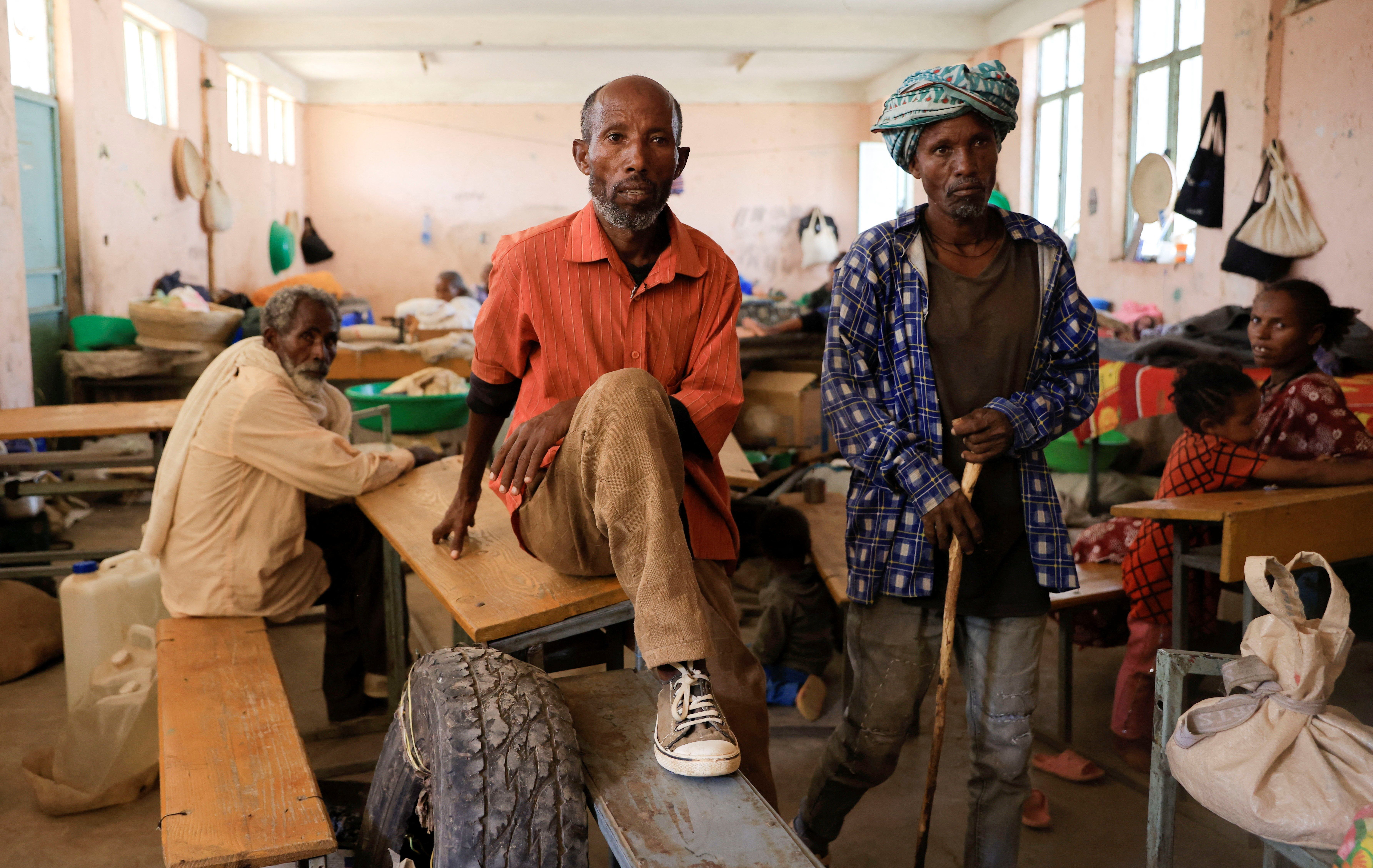August 07, 2023
The security situation is spiraling in Ethiopia’s northern Amhara region with reports that an Amhara militia has wrested control of several towns from federal forces.
What triggered these clashes? This violence comes just nine months after a truce came into effect in Ethiopia’s northern Tigray region ending two years of bloody conflict between government forces and Tigray Defence Forces. (Despite accounting for just 7% of Ethiopia's population, Tigrayans dominated Ethiopian politics for decades until current PM Abiy Ahmed, from the Oromo ethnic group, came to power in 2018.)
After that conflict, Addis Ababa called for the dismantling of all regional forces, hoping to integrate them into the national army. But Amhara nationalists who have long felt isolated from national politics opposed the move and took up arms.
Deadly clashes between government forces and Amhara nationalists prompted the central government to declare a state of emergency in recent days, giving its forces power to conduct raids and detain people without a court order, as well as impose curfews and ban public gatherings. Meanwhile, Amhara fighters have reportedly looted government offices and raided prisons.
Ethiopia, ruled by a military junta until 1991, is deeply fragmented and made up of more than 90 ethnic groups, many of whom have traditionally felt excluded from political power.
As Africa’s second-most populous country, instability in Ethiopia can have a destabilizing impact on the entire Horn of Africa. That’s what happened in Tigray in recent years, with hundreds of thousands of refugees forced to flee to neighboring countries.
The US, for its part, has warned Abiy to get hold of the situation before things deteriorate further. But in a country rife with ethnic strife, it seems more likely that the situation in Amhara will worsen in the near term.
More For You
Most Popular
People gather outside the Tom Bradley International Terminal at Los Angeles International Airport to decry President Trump's travel ban on 19 countries which went into effect this morning.
5: US President Donald Trump added five new countries – Burkina Faso, Mali, Niger, South Sudan, and Syria – to the list of nations banned from traveling to the US.
US President Donald Trump, Ukrainian President Volodymyr Zelensky, German Chancellor Friedrich Merz, French President Emmanuel Macron, UK Prime Minister Keir Starmer, Italian Prime Minister Giorgia Meloni, Finland's President Alexander Stubb, NATO Secretary General Mark Rutte and European Commission President Ursula von der Leyen pose for a family photo amid negotiations to end the Russian war in Ukraine, at the White House in Washington, D.C., USA, on August 18, 2025.
REUTERS/Alexander Drago
With the release of its National Security Strategy, the Trump administration has telegraphed how the US intends to engage with allies, and what it expects from them.
© 2025 GZERO Media. All Rights Reserved | A Eurasia Group media company.
